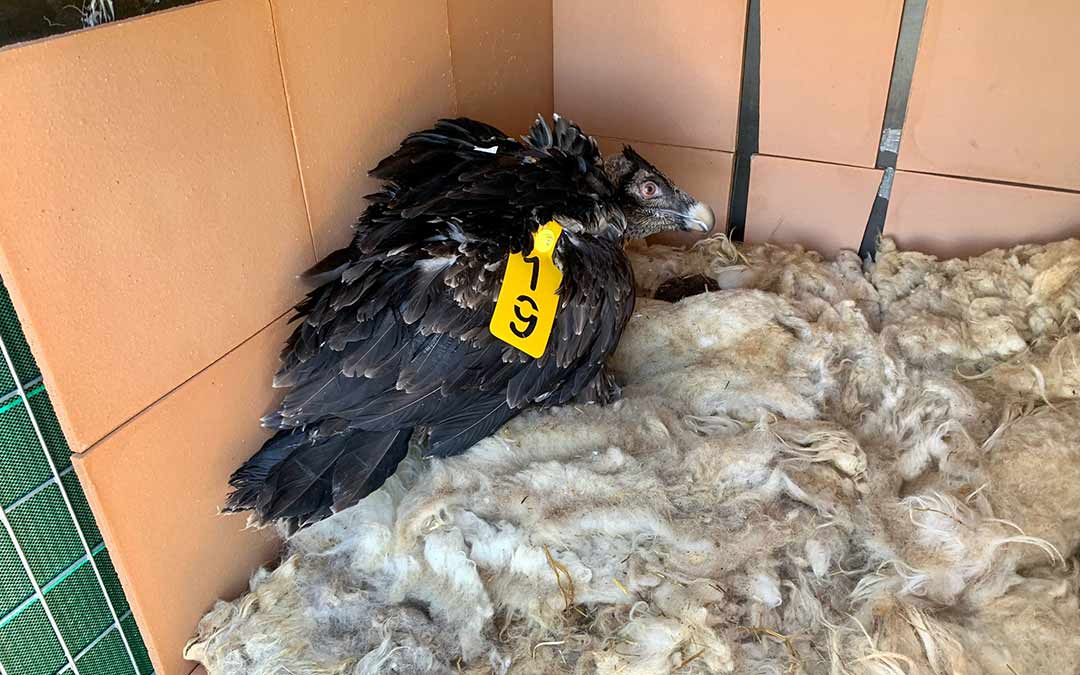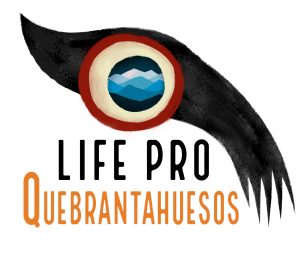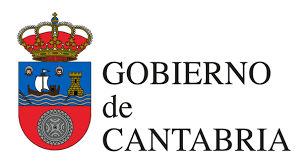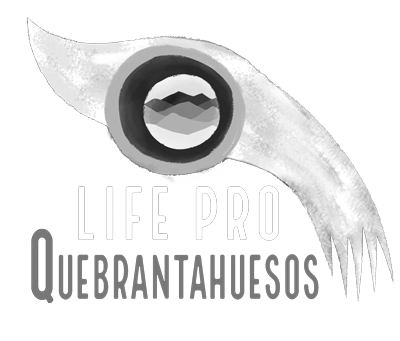Two bearded vultures arrive to the Maestrazgo to be released.

Two bearded vultures arrive to the Maestrazgo to be released.
They are the first of about twenty birds that are intended to be reintroduced in the territory in 5 years thanks to the LIFE Project ‘Iberian Corridors for the Bearded Vulture’ promoted by the Foundation for the Conservation of this species with the support of DGA.
The Maestrazgo region is already home to the first two specimens of bearded vultures -a male and a female-, in the framework of the project LIFE Project ‘Iberian Corridors for the Bearded Vulture’.The objective of this project is the reintroduction of this endangered species in one of its natural habitats. The project, co-financed by the Department of Agriculture, Livestock and Environment with a contribution of 340,000 euroswill be coordinated during its five years of duration by the Foundation for the Conservation of the Bearded Vulture, those who wear more than 25 years working for the recovery of the species in territories such as Aragon.
The birds come from the Pyrenees and were donated by the Aragonese Executive. “They are the first step in what we hope will be an autonomous population, which in the coming years can grow and establish itself permanently in Maestrazgo,” he explains. Gerardo Báguena, president of the Foundation. Specifically, these two specimens were born last February in the Center for Rearing in Human Isolation (CRIAH), owned by the Government of Aragon and managed by the Foundation for the Conservation of the Bearded Vulture in Pastriz (Zaragoza). The two lammergeyers are currently undergoing an acclimatization process that will last between 20-25 days, under constant monitoring by the technicians. The specialists estimate that they will be released in about three weeks, once they reach “sufficient maturity”. “It will be the moment when we will open the cage and for the first time in a long time two lammergeyers will come face to face with their habitat and will have to be able to thrive and find their own food. At the beginning we will be helping them,” says Báguena.
Last year the European Union approved this program, which includes the reintroduction of the bearded vulture in the Maestrazgo area of Teruel and also in the Sierra de Gredos. The aim is to bring back a species that became extinct in these mountain ranges some 60-70 years ago and thus restore the mountain habitat, its natural habitat. The project started this year and has a duration of 5 years. The forecast is that in the next year another 3 or 4 specimens will be released, which will be added to these two, to form a nucleus of around 15-20 animals in the future.
Complex” process
The bearded vulture reintroduction project proposes a first action: to be able to prove that the factors that have caused the mortality of the species in the past have been corrected. “That has already been done,” Gerardo Báguena qualifies, so the Foundation is already authorized to carry out the next phases of a “very complex” process. It should be noted that these are animals that are rescued “in critical condition” from eggs rescued from nests that have little chance of thriving. The breeding protocol allows the entire incubation, rearing and training process to be carried out so that they become “competent” in free-ranging conditions. “These are orphaned animals whose viability was compromised. It is a very long process that lasts about 120 days from hatching and concludes with the release of these specimens from the cages that we have adapted in the work areas,” says the Foundation representative.
A fundamental aspect is their own ability to identify themselves among themselves, in addition to training them in the basics for their survival. “They have a congenital information package, but they also learn from some actions. The project maintains their natural abilities and empowers them to be viable in freedom.”
The bearded vulture is included in the National Catalogue of Threatened Species and has the same level of protection as bears or lynxes. There are strict control systems, both technical and administrative, that allow us to determine which specimens are the most suitable and which areas are the most suitable for their recovery. For this reason, a feasibility study has been carried out for two years, which has made it possible to identify the most suitable areas for the reintroduction of these birds. “They coincide with the main ravines, with the habitat of the mountain goat and the area of maximum naturalness of the Maestrazgo”.
Recovering the natural ecosystem
El objetivo final del proyecto LIFE ‘Corredores Ibéricos por el Quebrantahuesos’ es recuperar el ecosistema natural con el que contaban estas zonas de alto valor paisajístico hace más de medio siglo y donde la acción del hombre produjo la desaparición de muchas especies, entre ellas el quebrantahuesos.
The mortality factors that caused the extinction of this species throughout the country, not only in the Maestrazgo area, are related to the direct persecution of the hunted species. “We know of people who came to Spain to hunt lammergeyers and exhibit them in their private collections,” says the Foundation’s representative. This was a factor that caused a great mortality of the species and also of other eagles in Spain.
But hunting was not the only exterminating factor, but also poison . It appeared with the introduction of chemical and phytosanitary products from the 1950s onwards. Biocides were used in an inadequate, unjustified and indiscriminate manner, which caused the extinction of thousands of bearded vultures throughout the national territory. Today this practice is totally persecuted and illegal.
The project aims to activate a series of social mechanisms to demonstrate that coexistence with biodiversity is an opportunity for development. “We try to generate interactions with the livestock world. Hay que recordar que esta especie es la única ave del planeta capaz de comer solo huesos, aprovechando la sosteína, de tal manera que está estrictamente relacionada con la ganadería de montaña», destalla Báguena. In this way, the project will be “very attentive” to the mountain sheep farming sector, with which a relationship has already been established. Thus, extensive livestock farming makes a decisive contribution to biodiversity conservation.
“The level of threat to the bearded vulture is such that we can no longer accept the death of any animal in a predictable way,” emphasize from the Foundation for the Conservation of the Bearded Vulture. Even with a long way to go, Aragon has the highest survival rate of the species. Virtually all bearded vultures that are entering the breeding center are thriving successfully. “We will provide all kinds of bridges and all our knowledge at the disposal of the rural environment to create a useful, contributive and, above all, understandable project. Giving back biodiversity means giving back wealth”, concludes Gerardo Báquena, president of the Bearded Vulture Conservation Foundation.
This LIFE project, which will run until 2026, is co-financed by the European Commission, the regional governments of Aragón, Asturias, Castilla y León, Cantabria, the Ministry for Ecological Transition and the Demographic Challenge through the OAPN and Endesa.
Source:






